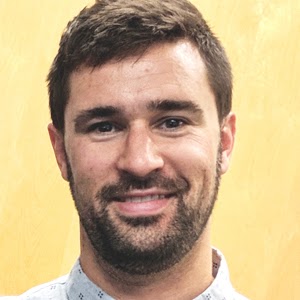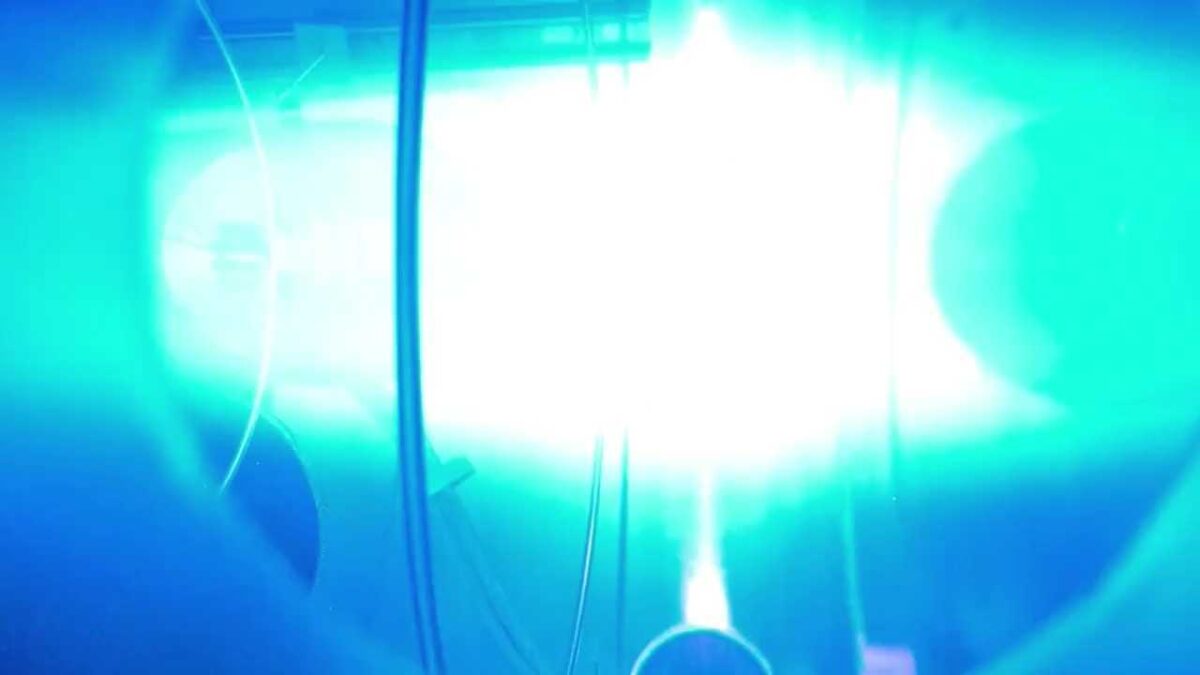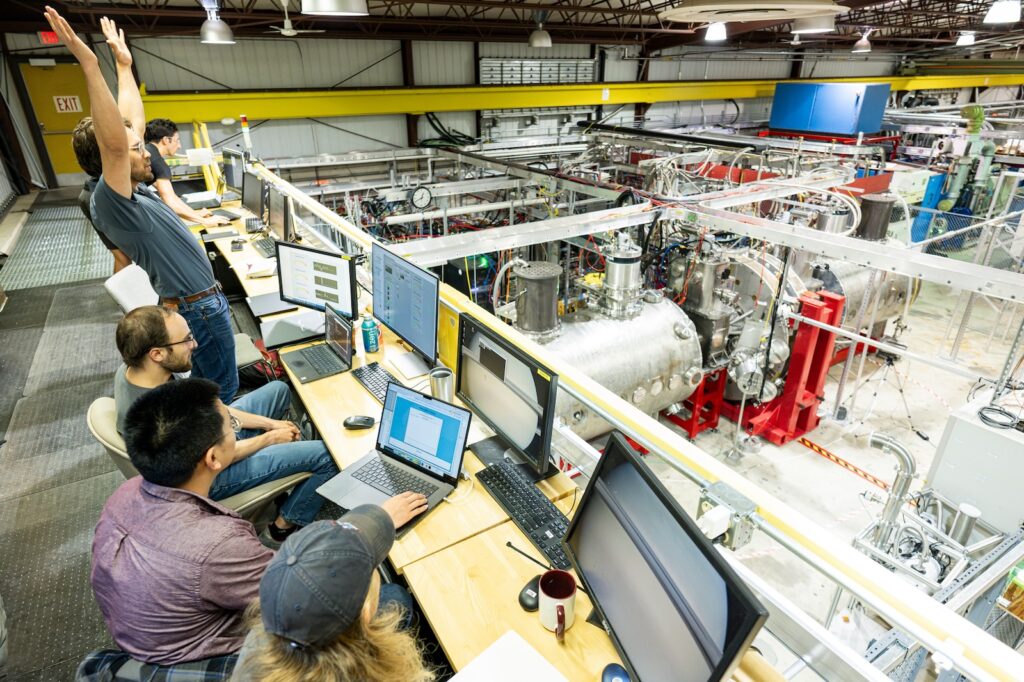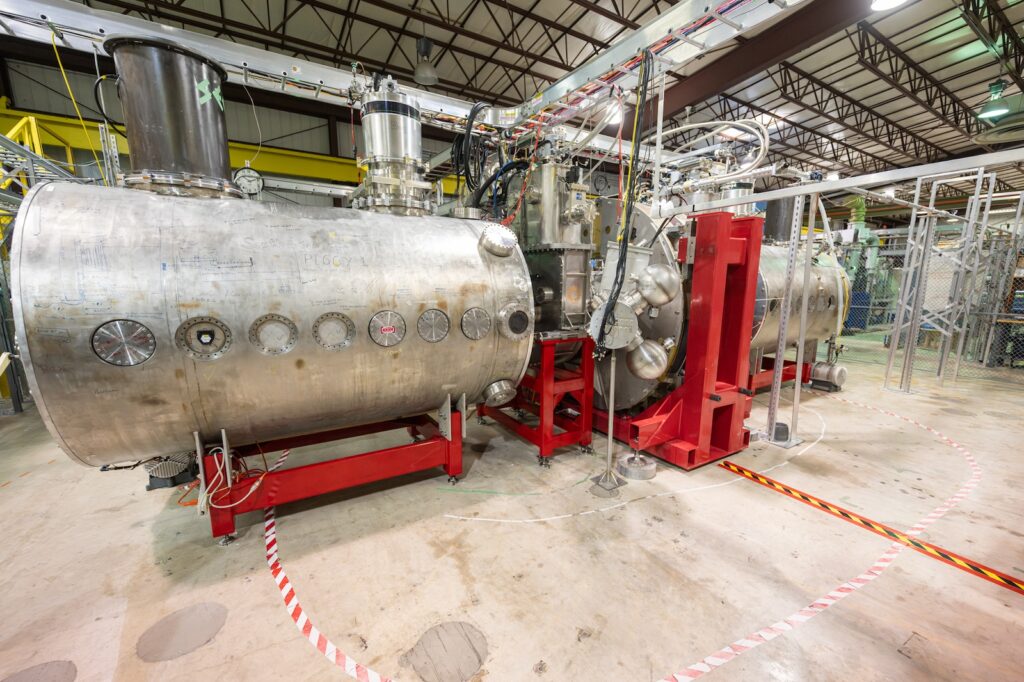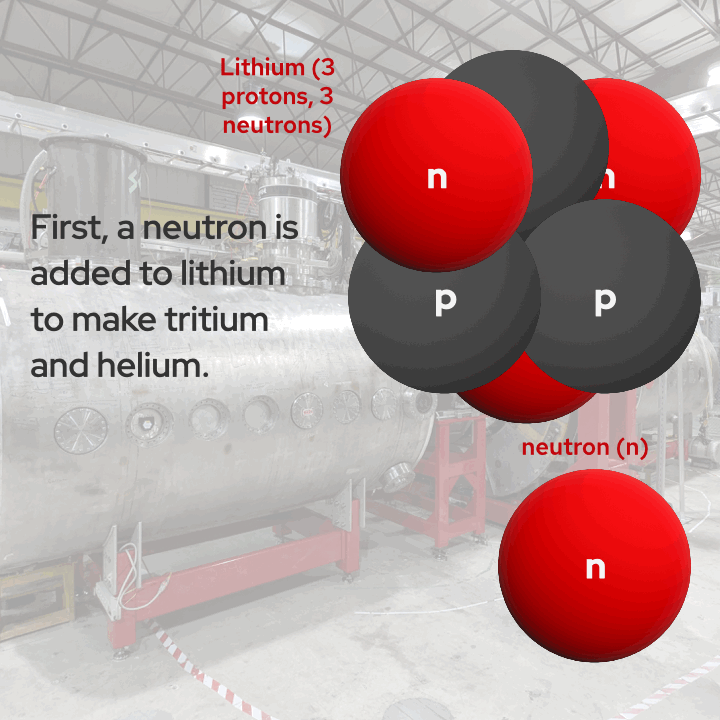
Congrats to Vladimir Zhdankin, assistant professor of physics, on earning a Department of Energy Early Career award! The five-year award will fund his research on energy and entropy in collisionless, turbulent plasmas.
Systems in equilibrium are easy to describe, but often the most interesting questions in nature are complex and dynamic. Most plasmas, including astrophysical ones and manmade ones on earth, are not in equilibrium, so they are more difficult to characterize. Zhdankin’s research is working toward a more universal understanding of non-equilibrium plasmas, in the form of mathematical equations that can then be broadly applied.
“We think that our understanding of plasmas isn’t finished yet, and there are still some basic ingredients in the statistical mechanics which, once we understand better, we’ll have a more predictive framework for how plasmas should behave,” Zhdankin says.
Collisionless plasmas have a low enough particle density where the particles largely flow without bumping into each other. Instead, their trajectories are controlled by the electric and magnetic field, which leads to a generally chaotic flow, like the rapids of a river. It is that dynamic turbulence that causes these plasmas to be non-equilibrium, leading to interesting, if not straightforward, properties.
“In these systems, energy is conserved — it has to be,” Zhdankin says. “But we don’t quite have a handle on what’s happening with the entropy. We have reason to believe it’s increasing, consistent with the second law of thermodynamics, but it doesn’t seem to reach a maximum.”
Zhdankin’s goal is to better understand the energy and entropy in these complex plasmas through “particle-in-cell” simulations, where tens of billions of plasma particles — electrons and protons — are simulated in a small box, then manipulated in various ways.
“We imagine stirring the plasma to make it more turbulent and putting some energy into it, and then we want to see how it heats up and how the particles achieve higher energies,” Zhdankin says. “What if we increase or decrease the size of the box? Make the magnetic field stronger? Make the particles collide a little bit?”
The simulations can then be compared to real-world data, including measurements of the solar wind or laboratory plasmas. An ideal outcome would be obtaining formulae that better describe these complex, turbulent plasmas and can be applied across a broad range of systems, from laboratory experiments to the accretion flows of black holes.
“And there’s a chance we’re just not going to be able to get something predictive out of this work, if there’s just too big of a landscape of possibilities,” Zhdankin says. “But this topic, I consider it one of the most fundamental ones that could be studied in plasma physics.”


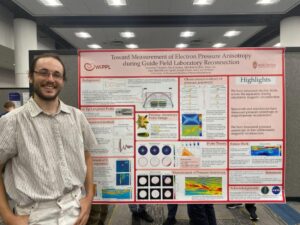
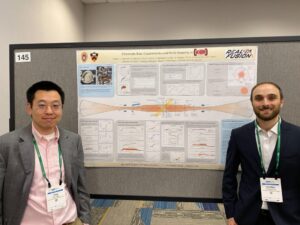
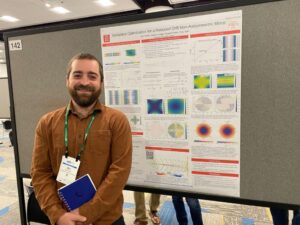
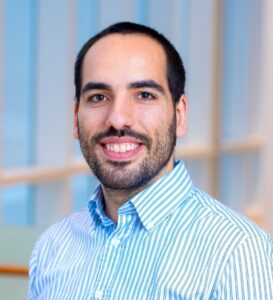
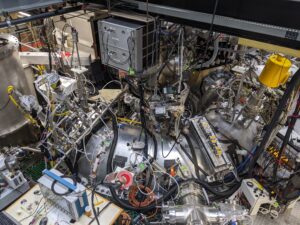
![a graph with time [ms] on the x axis and electron density) aka plasma density on the y axis. Several data lines, given in a rainbow of colors, all go up within the first few ms, hold steady for up to 40ms, and then drop down to 0. A dotted line, representing the Greenwald limit, is shown around 0.75 on the y axis; all but one of the data lines goes well above that dotted line, up to 10x the value of the Greenwald limit](https://www.physics.wisc.edu/wp-content/uploads/2024/07/nlim_summary.png)
